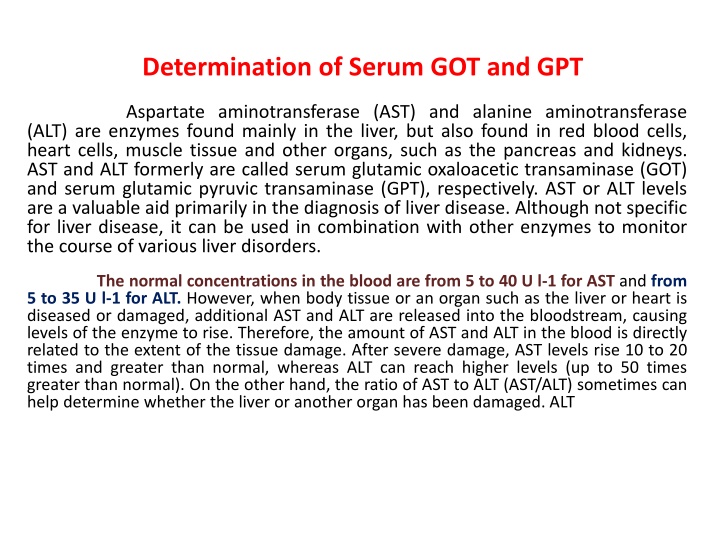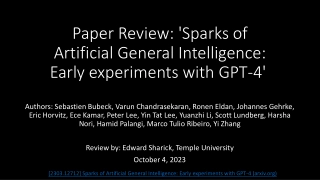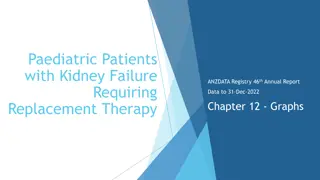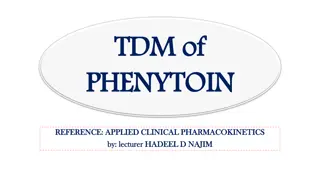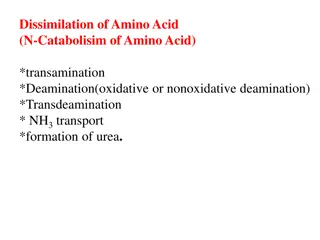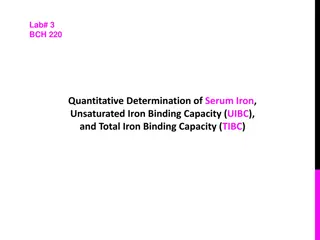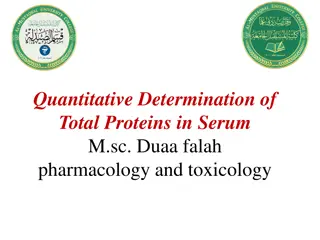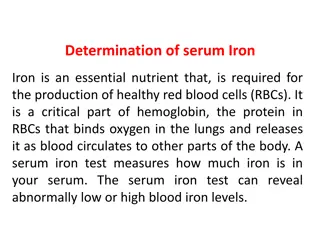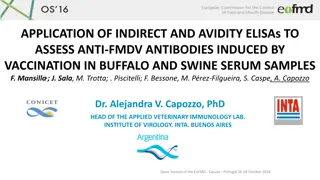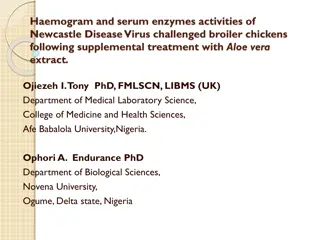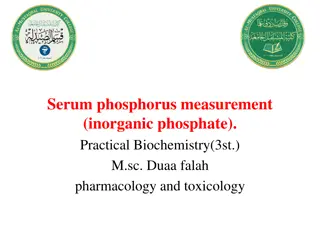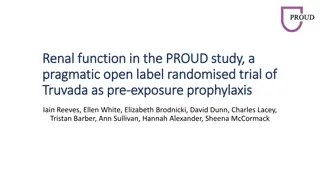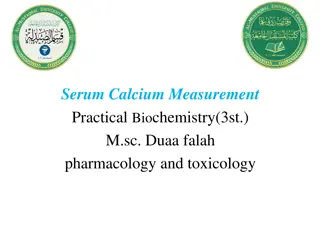Determination of Serum GOT and GPT
Serum GOT and GPT are essential enzymes found in various organs, with elevated levels indicating potential liver or other organ damage. Learn about the significance of AST and ALT levels in diagnosing liver diseases and monitoring tissue damage.
Download Presentation

Please find below an Image/Link to download the presentation.
The content on the website is provided AS IS for your information and personal use only. It may not be sold, licensed, or shared on other websites without obtaining consent from the author.If you encounter any issues during the download, it is possible that the publisher has removed the file from their server.
You are allowed to download the files provided on this website for personal or commercial use, subject to the condition that they are used lawfully. All files are the property of their respective owners.
The content on the website is provided AS IS for your information and personal use only. It may not be sold, licensed, or shared on other websites without obtaining consent from the author.
E N D
Presentation Transcript
Determination of Serum GOT and GPT Aspartate aminotransferase (AST) and alanine aminotransferase (ALT) are enzymes found mainly in the liver, but also found in red blood cells, heart cells, muscle tissue and other organs, such as the pancreas and kidneys. AST and ALT formerly are called serum glutamic oxaloacetic transaminase (GOT) and serum glutamic pyruvic transaminase (GPT), respectively. AST or ALT levels are a valuable aid primarily in the diagnosis of liver disease. Although not specific for liver disease, it can be used in combination with other enzymes to monitor the course of various liver disorders. The normal concentrations in the blood are from 5 to 40 U l-1 for AST and from 5 to 35 U l-1 for ALT. However, when body tissue or an organ such as the liver or heart is diseased or damaged, additional AST and ALT are released into the bloodstream, causing levels of the enzyme to rise. Therefore, the amount of AST and ALT in the blood is directly related to the extent of the tissue damage. After severe damage, AST levels rise 10 to 20 times and greater than normal, whereas ALT can reach higher levels (up to 50 times greater than normal). On the other hand, the ratio of AST to ALT (AST/ALT) sometimes can help determine whether the liver or another organ has been damaged. ALT
Elevated levels of GPT may indicate: - Alcoholic liver disease - Cancer of the liver - congestion of the bile ducts - Cirrhosis of the liver with loss of function - Death of liver tissue - Hepatitis of the liver - Noncancerous tumor of the liver
Elevated levels of GOT may indicate : - Acute hemolytic anemia, -Acute pancreatitis - loss of kidney function. -Cirrhosis of the liver. -Hepatitis -Heart attack - Primary muscle disease -Muscle injury
Normally : GPT is normal, GOT is normal, GPT/GOT is about 1.15. Virus hepatitis: GPT , GOT is normal, GPT/GOT 1, even more than 2.5 Chronic hepatitis: GPT , GOT GPT/GOT is about 1.5 Liver cancer, cirrhosis, Alcohol-induced hepatitis: GPT, GOT < 1, about 0.6~0.7. Accute myocardial infarct :< 1
GPT and GOT is in the different distribution of the liver cells. GPT exists primarily in the cytoplasm of liver cell. If there is a slight liver cell damage, GPT firstly leak into the bloodstream, so that the serum GPT increased. The GOT "mitochondria of liver cells, If there is a slight liver cell damage, GOT don`t leak into the bloodstream. mainly in the
